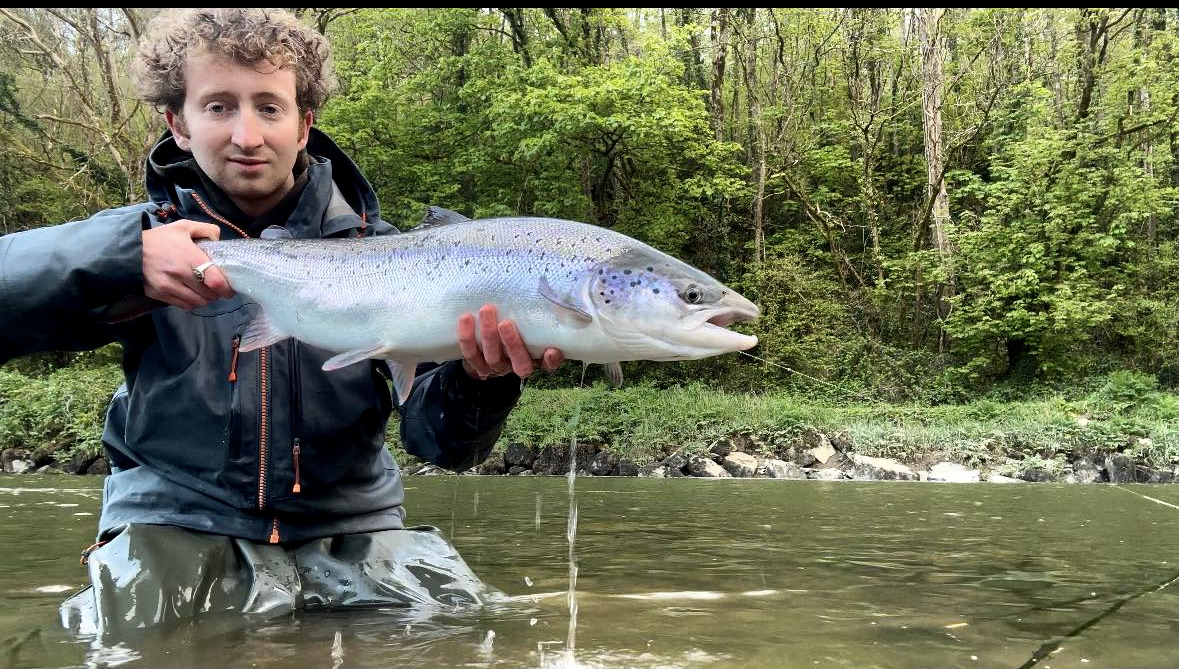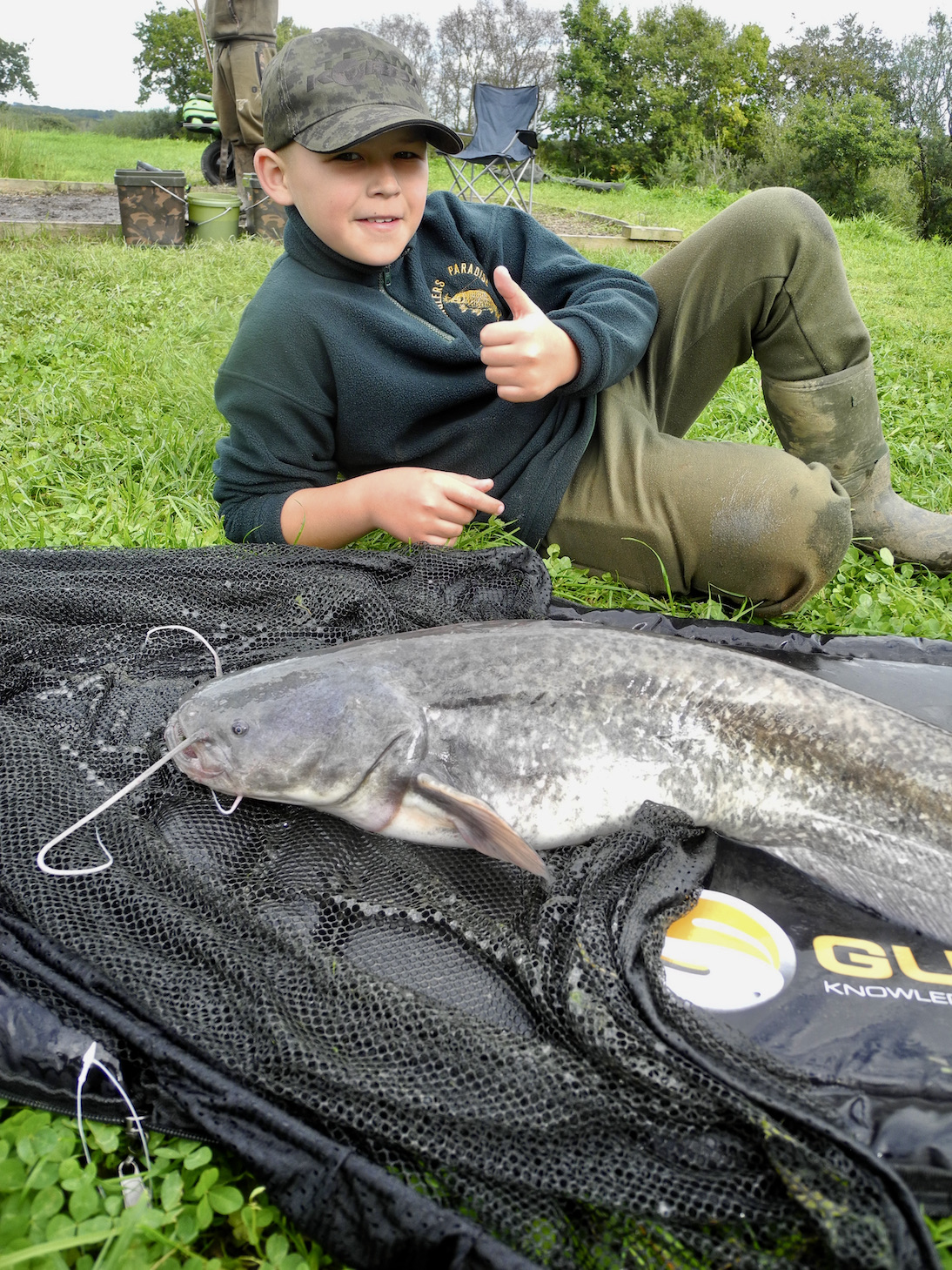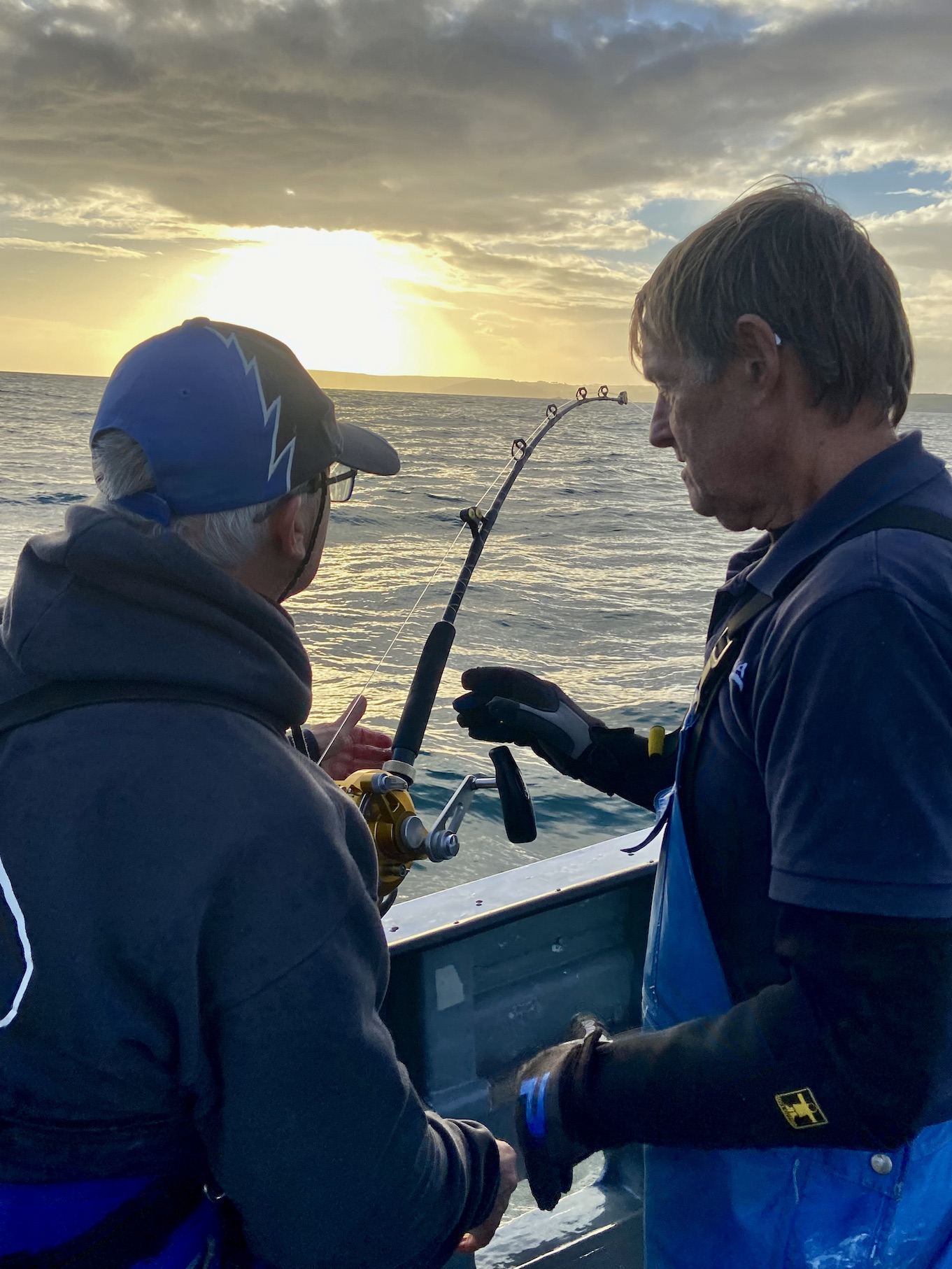It will be very interesting to see what is caught during this friendly competition outside of the traditional flounder season.




One of the highlights of the next few months will be our screening of Jack Perks’ wonderful film – Britain’s Hidden Fish on March 5th. Starting at 7pm in the Tamar Room, the 1 hr long film will be followed by a talk by Jack Perks. Tickets cost just £8 and are available through our Reception Team.

This beautiful documentary explores the underwater world of the UK, from our chalk streams to the open sea. Narrated by Jeremy Wade (River Monsters) this film was shot over the course of two years to bring stories, behaviours and footage never seen before of British fish.

Prior to the screening, the Arundell fishing team will be hosting a complimentary gathering with tea, coffee and nibbles in the morning from 10am followed by a wander down to our most productive Grayling beats, where our seasoned guides will demonstrate and teach our approach to catch Grayling on the fly. Afterwards, anglers will have an opportunity to fish the beats for the prestigious lady of the stream before heading back to the Hotel for the screening. Please let either our Fishing or Reception Teams know if you would like to attend.
Watch the trailer of Britain’s Hidden Fish
https://www.youtube.com/watch?v=_E6nJT0OfdA&ab_channel=CHASINGSCALES

1st S.Taylor 1lb 13 1/4oz
2nd Tom Downing 1lb 6 1/2oz

3rd Craig Crash Lamey 1lb 5 3/4oz
4th A. Masters 1lb 3oz
5th S. Taylor 1lb 2 1/2oz
6th M. Sheldrake 1lb 2 1/2oz
7th G. Hooper 1lb 1 3/4oz
8th J. Dixon 1lb 0 1/4oz
9th C. Lamey 1lb 0 1/4oz
10th J. Dixon 1lb 0 1/4
11th R. Walker 14 1/2 oz
12th Mathew Druce 14 1/4 oz
13th Jazzer 14 oz
14th Ian Hooper 14 oz
15th D. Bowden 13 3/4 oz
16th S. Bowden 13 3/4 oz
17th M. Druce 13 1/2 oz
18th Jazzer 12 1/2 oz
19th J. Dixon 12 oz
20th S. Bowden 10 1/2 oz
Thank to the pollyfield and the Reds for letting us use their facilities for the sign in and the weigh-in.
Thanks to pollyfield for providing burgers at the weighing I think they went down very well.
Thank you ever so much to all are sponsors we couldn’t do it without you.
D S Electrical, Clawford Lakes Resort and Spa, Devon Baits, Tom Wade Anglers Heaven, Barnstaple Bait and Tackle, Gaby Fish Pillows, James Grigg, Honeys of Parkham, The Bell Inn Parkham, Parkham Cheese and Crusher.
Final amount given to Pollyfield for the play park was £289
All the best tight lines and see you next year 🎣
Nathan Clements











Jon Patten and Reef Patten have recently returned from representing England in the World Championship Big Game Trolling in Mexico 2024. The dark grey skys of North Devon were undoubtedly a stark contrast to the tropical heat of Mexico. Reef and Indy were all smiles when I met them at Bulldog Trout Fishery on Christmas Eve enjoying a short session tussling with the venues hard fighting rainbow trout.



Note re-scheduled Bideford Christmas Competition Details above :-



Thirty-seven keen anglers competed in Triple Hook Clubs Christmas Competition despite the gale force North Westerly winds that had resulted in the postponement of Bideford Angling Clubs Christmas Competition.


The fishing proved challenging with large flounder hard to locate as the traditional River Taw flattie season draws towards its end. Several school bass were landed throughout the estuary which is an encouraging sign for the future and perhaps an indication of changing times.
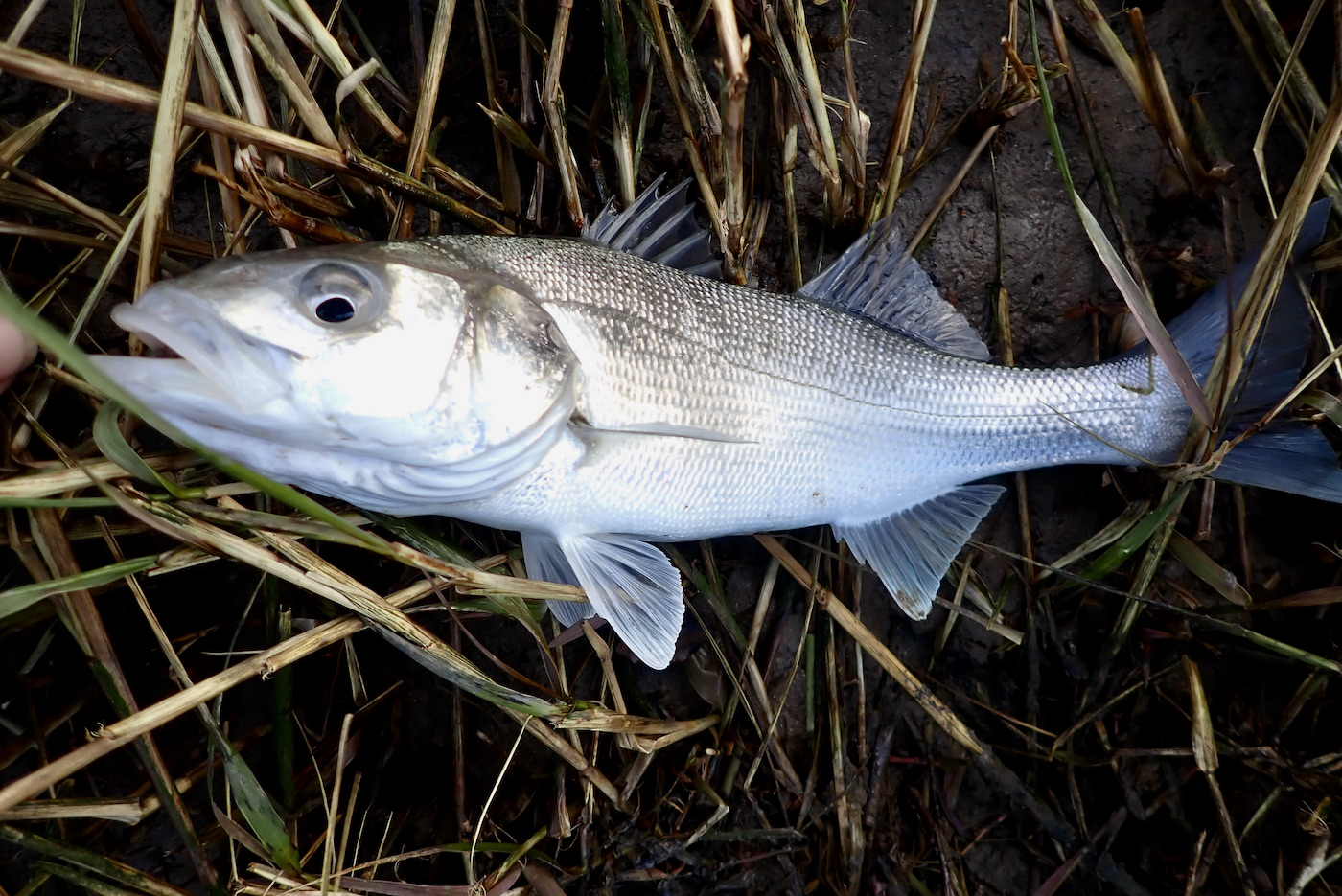

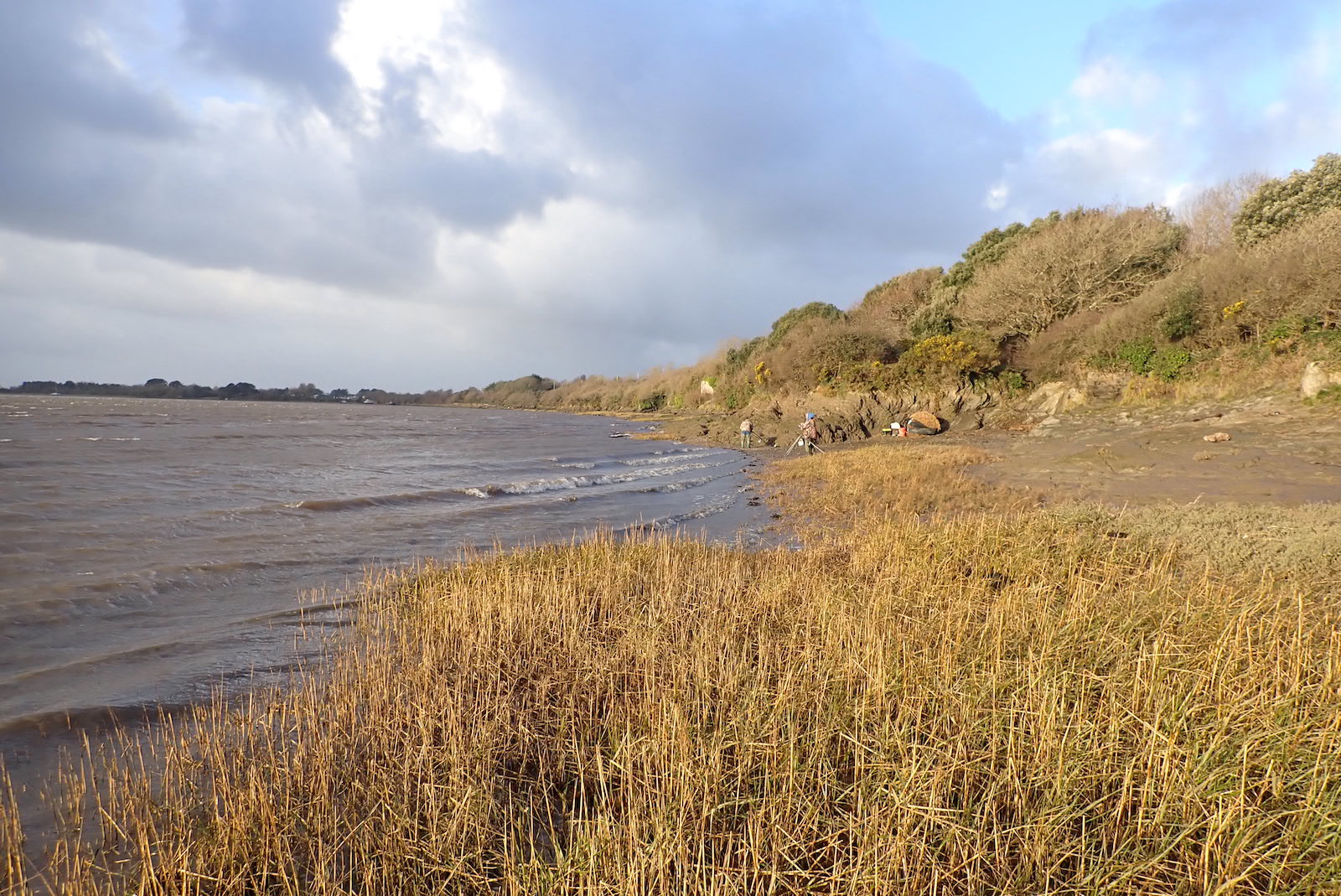
The winning flounder way ahead of the field was caught by Nick Wilkinson and weighed 1lb 115/8oz.

Runner up was Junior angler Arthur Taylor ( Above) with a flounder of 1lb 31/8oz and third Mark Beer with a flounder of 1lb 1oz. R.Hancock, J.Martin, Taz Wotton, D. Ackland, C. Lamey and L.Luxton all registered flounder to secure a Christmas Turkey dinner with all the trimmings.
It was good to see a good number of local anglers gathered together at a traditional weigh and raffle with plenty of good humoured banter.
Bideford Angling Clubs Christmas Competition is now on December 29th all other details as below:-





Many thanks to all who have supported North Devon & Exmoor Angling News throughout 2024. Below are few random images looking back on each month of 2024. If you would like to sponsor North Devon & Exmoor Angling News please get in touch.



